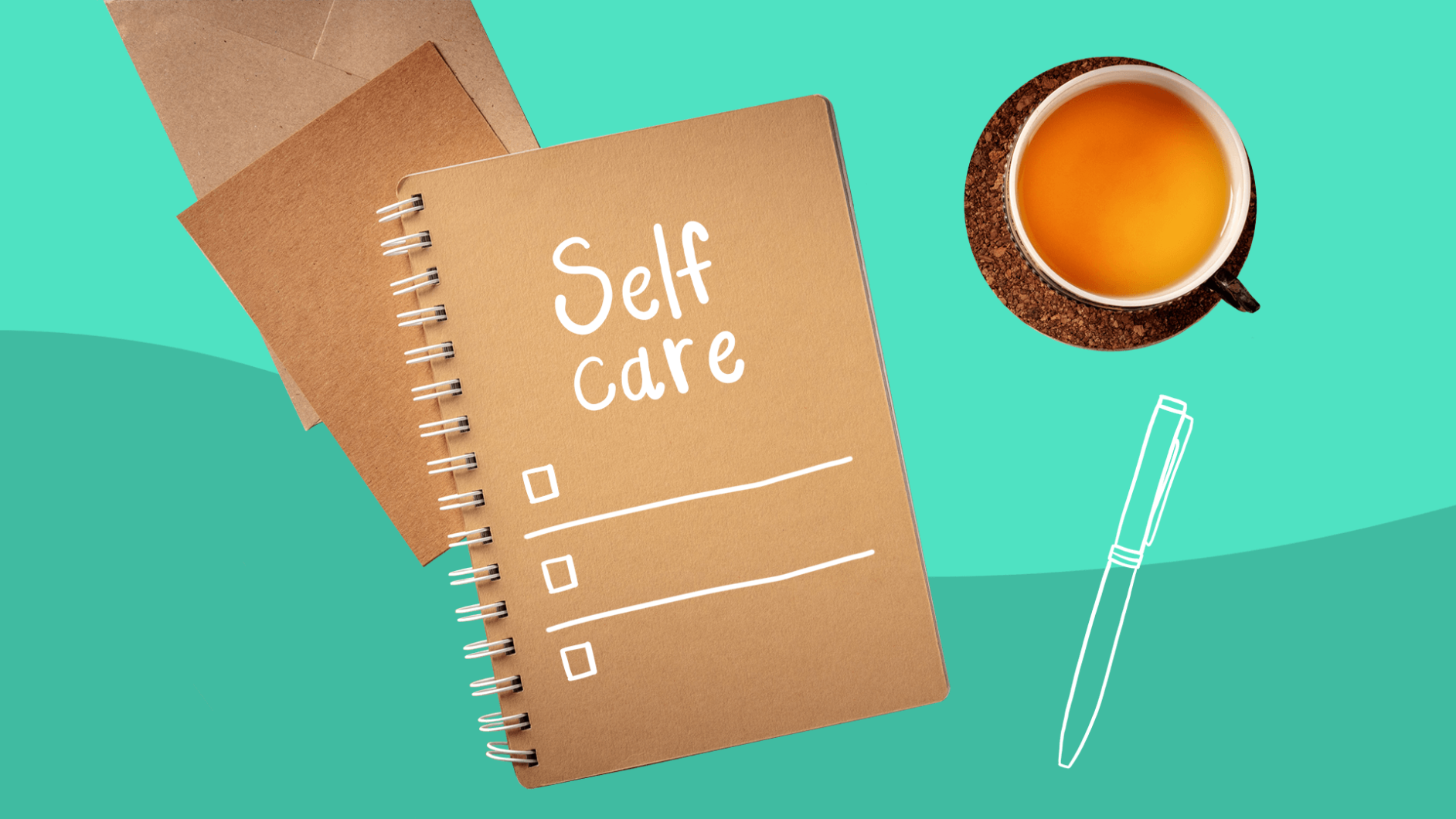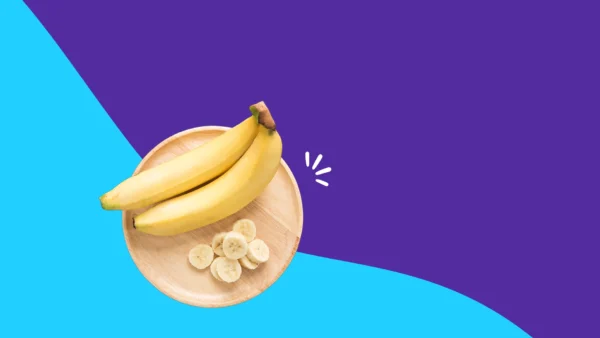Self-care has become a popular buzzword. While you may be sick of seeing it pop up in every Instagram post in your feed, it continues to be one of the most effective ways to improve your mental and physical health. A daily routine, focusing on physical and emotional well-being, can drastically impact your short- and long-term health.
The secret lies in rethinking your stereotypical image of self-care. While you may think of it as an at-home spa day, long bubble baths with wine and a great book, or similar luxuries—and those can be self-care—most people’s version of a wellness routine looks much different, and varies greatly based on the individual.
Developing a self-care routine and self-care checklist that is tailored to your specific needs, your schedule, and your favorite things is both do-able and sustainable with a little help. Check out these tips from the experts on maintaining a daily self-care checklist.
What is self-care?
Your conception of what self-care involves may not be as broad as it should be to take care of your whole self. For example, Planned Parenthood breaks self-care down into six different categories, with examples:
- Emotional, such as seeing a therapist
- Practical, such as organizing a closet
- Physical, such as getting eight hours of sleep
- Mental, such as reading a book
- Social, such as going to brunch with friends
- Spiritual, such as meditating
A solid self-care checklist should have aspects of wellness that draw from each of these areas of your life, to help you take better care of your whole self and not just one aspect. Sometimes, one activity will fulfill more than one area. For example, by journaling, you may accomplish emotional fulfillment, such as making self-discoveries about why you feel the way you do. You may also enjoy it for the practical aspect (maybe you use it to make to-do lists and to organize your life). In addition, keeping a journal can be a mentally challenging activity, to get the words you want onto paper in a way that makes sense. Finally, it can fulfill a spiritual need, especially if you are writing mantras, keeping a gratitude journal, or other meditative practices.
Robin Hornstein, Ph.D., is a licensed psychologist and co-founder of Hornstein Platt & Associates with over 30 years of experience helping clients from all backgrounds through a variety of therapies. She says the notion of self-care isn’t new, and our recent interpretation of it stemmed from Al-Anon, where members caring for someone with addiction must first care for themselves in order to provide for others.
“Self-care is not selfish,” Hornstein says. “It’s the notion of being clear on ‘this is what I want, need, can and can’t do, and what I’ll compromise on’ and having a voice to say, ‘These are the needs I have.’ ”
How to make a daily self-care checklist
There are multiple ways to make a self-care checklist, just as there are millions of ways to improve mental and physical health through a self-care routine. Some people like to make sections of each type of self-care they will participate in (such as the ones listed above) to ensure they are fulfilling each category as they practice self-care. Other people like to choose one area to focus on, such as mindfulness, and brainstorm specific ways they can improve that area, or integrate it further into their daily life.
Whether you are looking to integrate one concept or multiple, follow these steps to creating a checklist:
- List everything you already do in these areas, using the categories listed above.
- Identify which areas are your weakest and need the most of your attention.
- Decide on a daily, weekly, or monthly schedule in which you will integrate specific activities for each of your chosen categories.
- Determine specific dates and activities that you will try, and schedule them on your calendar as you would a meeting.
- Schedule a check in point with yourself, when you will determine how you are doing and if you are doing enough or too much. Self-care itself shouldn’t cause additional stress to implement.
Don’t try to do too much
Start with four or five items; this is what Josh Jonas, LCSW-R, a psychotherapist and clinical director of the Village Institute for Psychotherapy in New York City typically recommends to his patients. He also encourages them to mix and match strategies based on the patient’s particular needs and areas they need to focus on.
“We don’t want to pull an emotional hamstring here,” he jokes, referencing people who try to improve all aspects of their life simultaneously. Instead, trying one thing at a time can increase confidence.
Set your daily priorities in the morning
Jonas also recommends to his patients that they take back the morning as one of the most influential parts of the day, and a great time to integrate self-care activities—especially those that support your physical and mental health.
He recommends that each morning include:
- Making your bed: Although this might seem like a menial task, Jonas says it’s important because it helps you “accomplish something right away,” he explains. That can set the stage for a productive day.
- Taking a cold shower: These have long been prescribed by trainers and health professionals to combat inflammation, improve circulation, speed up the metabolism, increase endorphins, and even fight off illness, according to research. But Jonas recommends these to his patients as a way to combat depression and anxiety. He says that cold showers have also been prescribed for depression since the time of Van Gogh.
- Exercising or moving your body in some way: Working up a sweat has physical benefits—like weight loss, regulating blood sugar, and reducing blood pressure—and releases endorphins that can reduce anxiety, depression, and negative mood.
- Meditating: Meditation has wide-ranging benefits, from helping you sleep better to reducing stress, and even relieving chronic pain.
- Writing: Logging your thoughts can help you to better understand them, and take charge of your mental health. Even just a few minutes of writing in a journal before you start each day can be beneficial. If you don’t know where to start, jot down a few simple things you want to do that day, like picking up a prescription refill, or eating a banana with your lunch.
When you make it a habit to incorporate one or more of these strategies first thing, you know you won’t skip it when you’re worn out after a long day.
What should your self-care routine include?
Self-care is different from person to person. Your routine should include things you enjoy, but it should also include things that are good for you—even if they aren’t the most fun. It can be as simple as limiting social media, eating a balanced diet, or even setting a reminder to take your medications on schedule.
If self-care ideas don’t come to mind right away, don’t panic. You aren’t alone. Hornstein suggests starting with a simple activity: If you had an entire day without any work, family activities, or obligations, what would you do with your time? This could hold the secret to what you enjoy doing, and can give you ideas to add to your self-care checklist. Then imagine what your mom, or your healthcare provider might recommend, and strive for a balance of the two. Here are some other ways she suggests to get back in touch with things that bring you joy:
Listen to recurring thoughts (then, take action)
If you’re always having the same nagging feeling about something you should do, that’s a good sign it’s an area that needs more attention in your life, and it could be a fitting addition to your self-care checklist.
Are you craving more leafy greens, but not sure how to prepare them? Are you always experiencing burnout when you get home from work, but too tired to revise your resume? Have you been thinking about seeing a therapist, but don’t know where to start? Setting aside time to answer these questions, and others—honestly—can propel you toward more balance on a daily basis.
Reconnect with childhood passions
Hornstein recommends analyzing whether your childhood interests can be recreated, or morphed into adult versions of themselves. For example, if you loved jumping on a trampoline as a kid, you could take it up again as an adult or another fun, playful physical activity such as cardio drumming or rebounding. Part of self-care can be exploring this childhood need for play and for fun in ways that benefit your body and mind.
Do a little research on how others practice their own self-care
Ask around! You might find out your sibling wakes up early on Wednesday mornings to FaceTime with a therapist, and you never would have known without asking. Or, your best friend may tell you that she takes one week of every month off from using social media, then uses the time she spent scrolling to take an evening walk. From co-workers to family members, bringing up the topic may be surprising. An easy prompt Hornstein recommends is to ask these people, “What do you do when you get a half hour to yourself?”
Sticking to your self-care checklist
If you stick to a self-care routine, your quality of life will improve, according to the experts. Jonas compares it to welcoming guests into a clean house. “If you haven’t cleaned your house in a month and all of a sudden you have people coming over, you won’t feel good about yourself. We are the same way,” he says, discussing our self-esteem. “You can reverse the process. If I start cleaning my house everyday, it’s going to be a better place to live in.” Here are some tips on ensuring you can keep up with your self-care plan for days, months, and years to come.
Find an accountability partner, to help yourself and help others
“I love the word accountability,” Hornstein says, who often suggests an accountability partner to her patients. Pick someone who is also struggling with self-care and create healthy habits on your own, but together with him or her. She advises checking in with your self-care partner a few times per week, and celebrating even if you only accomplish a quarter of the goals you set out to do. For example, you will feel significant changes if you set out to get enough sleep, move your body, and eat better, and end up only accomplishing the sleep habit.
There’s an app for that
If you want to see your mental health improve drastically, unsubscribe to some of the unused or unproductive apps on your phone (especially those that make you feel worse after using them). Then, choose a couple of meditation, sleep, or fitness apps.
Hornstein recommends finding a cognitive behavioral therapy app that helps you increase your sleep hygiene, which can teach you how to clear distractions and wind down each evening, go to bed at the same time each night, and other healthy habits. What may start as a small thing could become a core part of your self-care routine over time.
Broaden your perception of meditation
If you have written off meditation as something people do in a calm house sitting on a yoga mat, it’s time to do a little learning about the extensive types of meditation available. Hornstein recommends checking out free listening meditations from Sharon Salzberg or Tara Brach. “What we are asking our minds and our bodies to do is not be hyper focused on areas of concern,” she says. “For people who have a hard time sitting still, your meditation could be staring at a flame on a candle. There are walking meditations, mazes, labyrinths…some are more Buddhist, about understanding suffering, some talk you through a body scan. There’s autogenic training, making the body relaxed and heavy. There’s so many styles.”
Know when to seek professional help
Self-care is a great way to start paying more attention to your physical and emotional health, but not all problems can be solved on your own. If you’ve tried the strategies above, and are still feeling physically or mentally unwell, it might be time to schedule a visit with your primary care provider, or a therapist. You might need a medication, or regular visits with the mental health professional to get back on your feet.
For more information on seeking help or treatment or depression support, visit the National Alliance on Mental Health or call the Substance Abuse and Mental Health Services Administration helpline at 1-800-662-HELP. If you or a loved one is experiencing suicidal thoughts or self-harm, call the National Suicide Prevention Lifeline at 1-800-273-8255 or visit the nearest emergency room.











